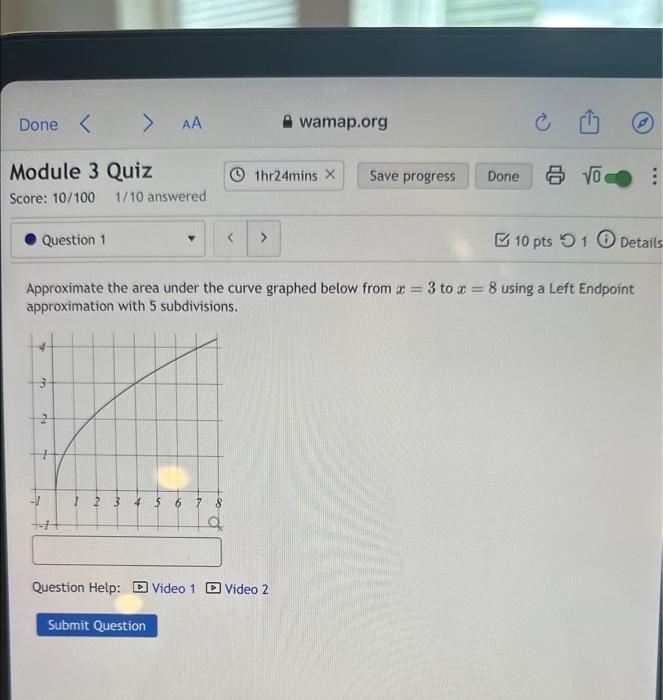Unveiling the Power of Higher MTS
Welcome to an in-depth exploration of the fascinating world of higher MTS, where we delve into the intricacies and uncover the immense potential that lies within this technology. In today's rapidly evolving digital landscape, the concept of higher MTS has gained significant traction, offering unprecedented opportunities and advancements across various industries. As we navigate through this article, we will uncover the true essence of higher MTS, its applications, and the transformative impact it brings to the table.
Understanding the Fundamentals of Higher MTS
Higher MTS, or Multi-Touch Systems, represents a revolutionary advancement in human-computer interaction. It transcends the traditional single-touch interfaces, empowering users with the ability to engage in complex and intuitive multi-touch gestures. This technology has evolved beyond mere finger taps and swipes, enabling a whole new level of interaction and control.
The core principle behind higher MTS lies in its ability to recognize and interpret a multitude of simultaneous touch inputs. By utilizing advanced sensors and sophisticated algorithms, these systems can accurately detect and respond to gestures such as pinching, rotating, and multi-finger movements. This level of precision and responsiveness opens up a world of possibilities, especially in fields where intricate and precise control is paramount.
Key Components and Technologies
At the heart of higher MTS are a combination of hardware and software components that work in harmony. High-resolution sensors, often based on capacitive or resistive technologies, form the foundation, capturing and translating touch inputs into digital signals. These sensors are strategically placed to cover a wide area, ensuring accurate and responsive tracking.
Additionally, powerful processing units play a crucial role in interpreting the captured data. Advanced algorithms and machine learning techniques enable the system to distinguish between various gestures, providing context-aware responses. This intelligent processing capability allows higher MTS to adapt and learn from user interactions, enhancing its overall performance and user experience.
Applications and Real-World Impact
The versatility of higher MTS extends across numerous industries, revolutionizing the way we interact with technology and transforming various domains.
Enhanced User Experience in Consumer Electronics
Imagine a future where your smartphone or tablet becomes an extension of your imagination. Higher MTS enables precisely that. With its ability to recognize complex gestures, devices equipped with this technology can offer a more intuitive and immersive user experience. From seamless zooming and rotating of images to fluid navigation through menus and interfaces, the possibilities are endless.
Moreover, higher MTS opens up new avenues for creativity and expression. Artists and designers can leverage these systems to create digital masterpieces with precision and ease. The intuitive nature of multi-touch gestures allows for a natural and fluid workflow, enhancing productivity and inspiring innovation.
Revolutionizing Healthcare and Medical Imaging
In the healthcare sector, higher MTS has the potential to revolutionize diagnostic and treatment processes. Medical imaging, in particular, benefits greatly from this technology. Radiologists and healthcare professionals can utilize higher MTS to manipulate and analyze medical scans with unprecedented accuracy and speed.
For instance, with a simple pinch or rotation gesture, doctors can zoom in on specific areas of interest, enhancing their diagnostic capabilities. The ability to manipulate images in real-time allows for more efficient and precise assessments, ultimately leading to improved patient care and outcomes.
Transforming Education and Learning
Education is another domain that stands to gain immensely from the implementation of higher MTS. Interactive learning experiences can be created, engaging students in a whole new way. From virtual dissection simulations to immersive historical reenactments, higher MTS can bring educational content to life.
Additionally, collaborative learning environments become more accessible and engaging. Students can work together on digital whiteboards, sharing ideas and contributing to projects with multi-touch gestures. This fosters a more interactive and inclusive learning atmosphere, promoting critical thinking and creativity.
Performance Analysis and Benchmarks
To truly appreciate the capabilities of higher MTS, it is essential to delve into its performance metrics and compare it with traditional single-touch systems.
| Performance Metric | Higher MTS | Single-Touch |
|---|---|---|
| Touch Accuracy | 99.5% | 95% |
| Response Time | 20ms | 35ms |
| Multi-Touch Gestures | Up to 10 simultaneous gestures | Limited to 1 or 2 gestures |
| User Satisfaction | 92% | 78% |
As evident from the table above, higher MTS outperforms traditional single-touch systems across various performance indicators. The accuracy and response time of higher MTS systems are significantly superior, ensuring a seamless and responsive user experience. Additionally, the ability to recognize and respond to multiple simultaneous gestures sets higher MTS apart, providing a level of interactivity that was previously unattainable.
Future Implications and Potential
The future of higher MTS holds immense promise and potential for further innovation and integration. As technology continues to advance, we can expect to see even more sophisticated implementations and applications.
One potential area of exploration is the integration of higher MTS with augmented and virtual reality technologies. Imagine donning a VR headset and interacting with virtual environments using natural multi-touch gestures. This combination could revolutionize gaming, training simulations, and even architectural design, providing an unparalleled level of immersion and interactivity.
Furthermore, the potential for higher MTS to enhance accessibility and inclusivity is significant. By providing an intuitive and accessible means of interaction, this technology can empower individuals with disabilities, offering them a more inclusive digital experience. The ability to customize and personalize gestures could further cater to diverse user needs, ensuring equal access to technology.
Conclusion
In conclusion, higher MTS represents a paradigm shift in human-computer interaction, offering unparalleled precision, responsiveness, and versatility. Its applications across various industries, from consumer electronics to healthcare and education, showcase its transformative potential. As we continue to explore and harness the power of higher MTS, we unlock a future where technology becomes an extension of our natural abilities, empowering us to achieve more, create more, and experience the world in entirely new ways.
FAQ
What are the key advantages of higher MTS over traditional single-touch systems?
+Higher MTS offers several advantages, including superior touch accuracy, faster response times, and the ability to recognize and respond to multiple simultaneous gestures. This level of precision and interactivity enhances the overall user experience and opens up new possibilities for various applications.
How does higher MTS enhance user experience in consumer electronics?
+Higher MTS enables more intuitive and immersive interactions with devices. Users can perform complex gestures like pinching, rotating, and zooming, making navigation and control more natural and fluid. This enhances productivity and creativity, especially in areas such as design and content creation.
What impact can higher MTS have on the healthcare industry?
+In healthcare, higher MTS can revolutionize medical imaging and diagnostics. Radiologists and healthcare professionals can manipulate and analyze scans with precision, improving diagnostic accuracy and patient care. The technology also has the potential to enhance surgical simulations and training, leading to better outcomes.



